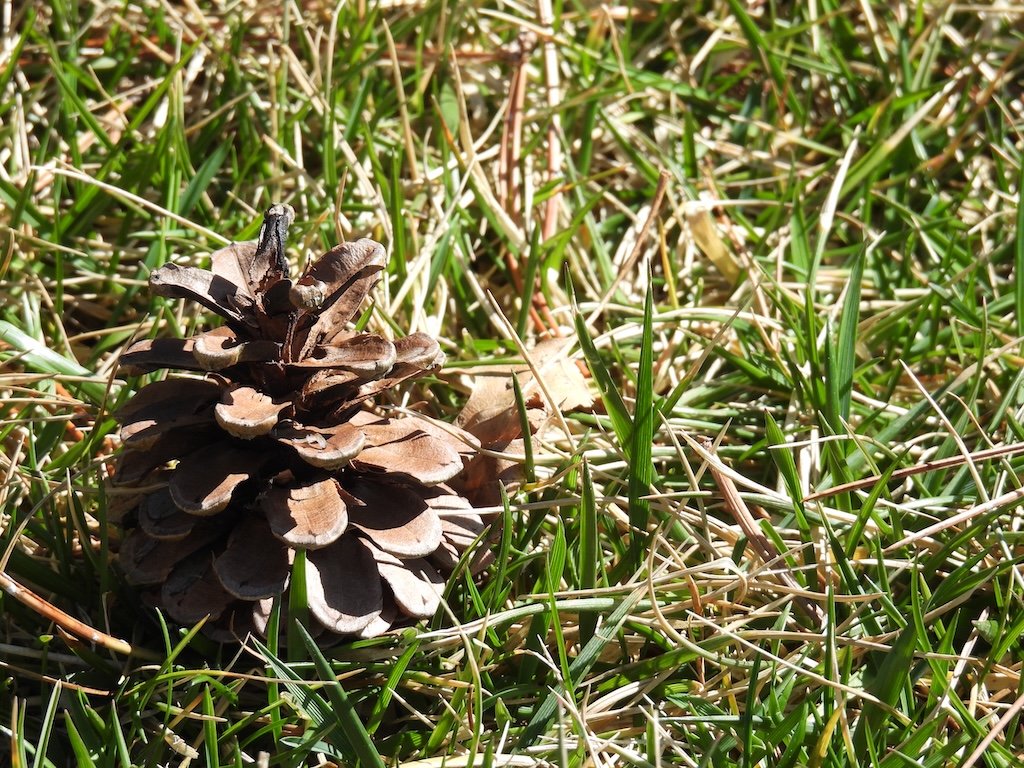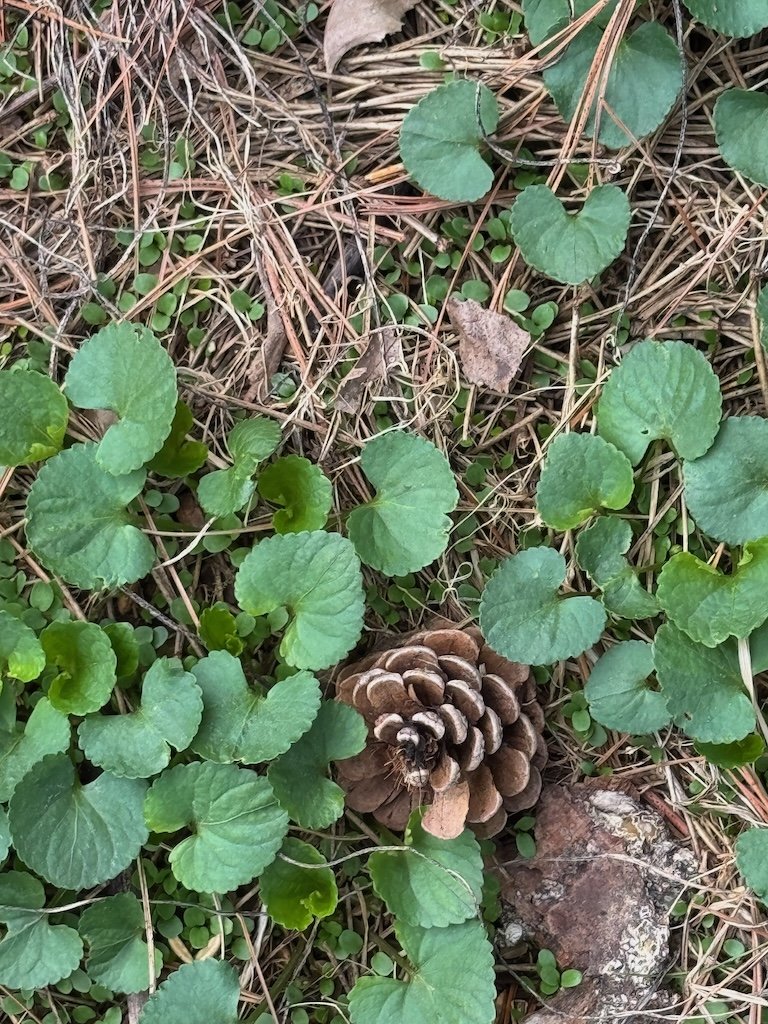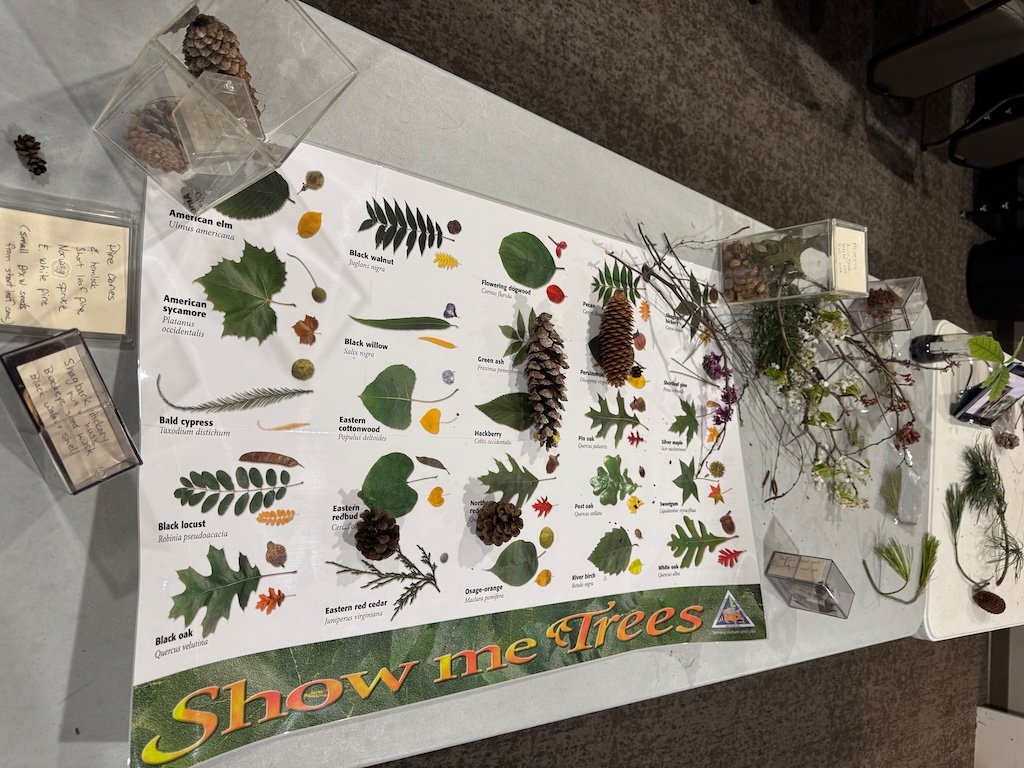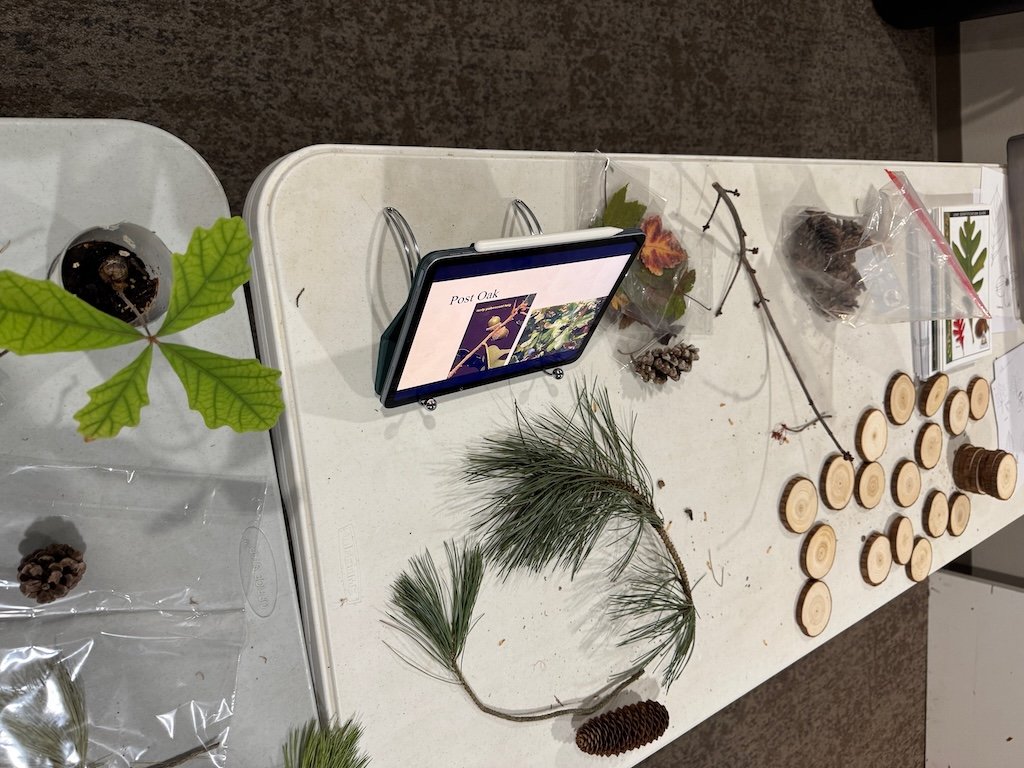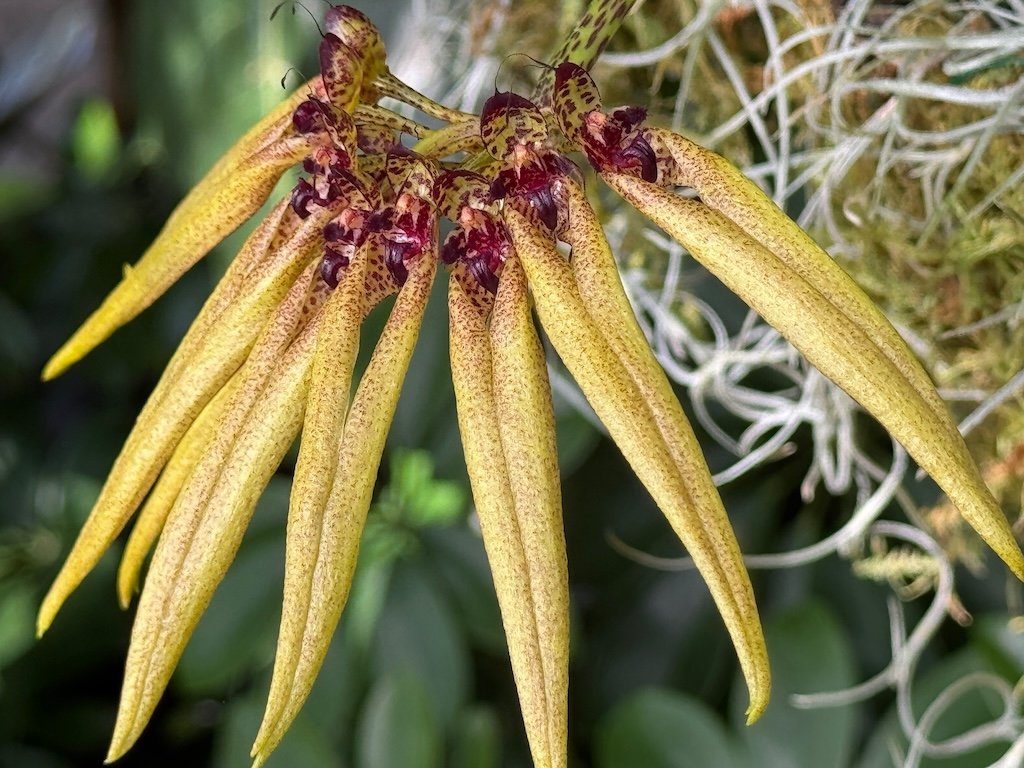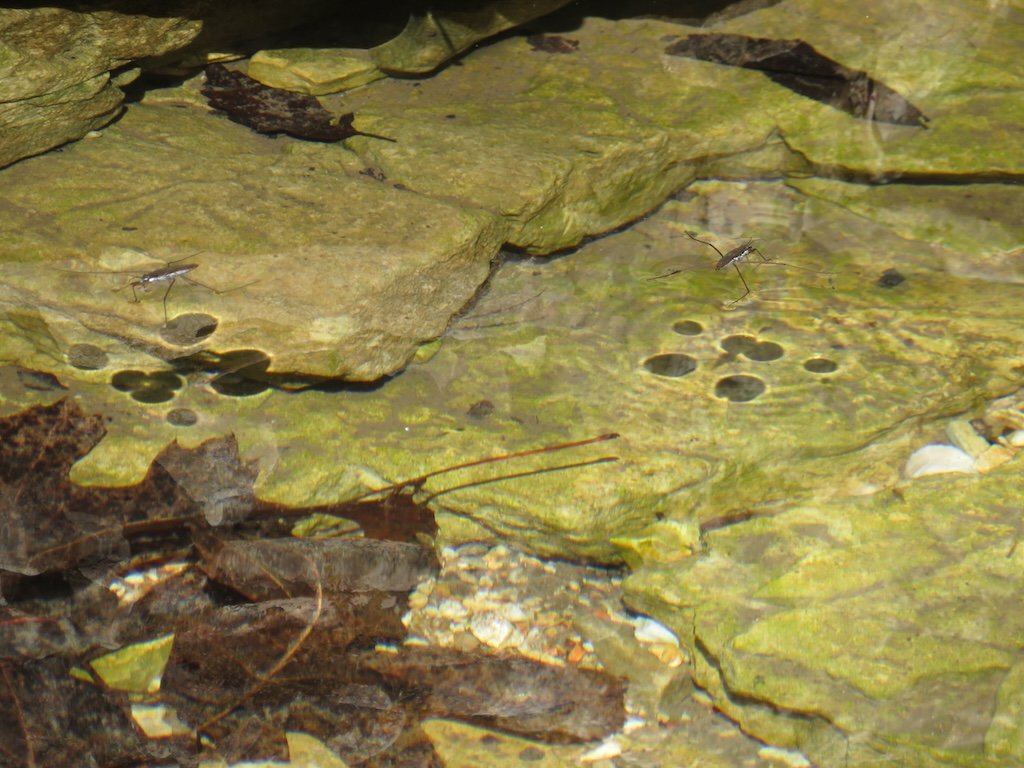Life Magazine from 1937
/Internet Archive has digitized versions of many Life Magazines. I have been browsing through them – slowly since there was an issue for each week. As I looked at the issues from 1937, I thought about my parents; they started school that year. They were probably still very focused on things going on within their family and small community rather than the broader world…but the world was heading into a time of turmoil. Looking at the way Life was covering those events seems relatively naïve now! The sample images (one from each weekly magazine) show a variety of topics the Life editors chose to cover over the course of the year. Most of the ‘color’ pages of the magazine were advertisements.
Life Magazine 1937-01-04 – a lot of public works projects in the past 4 years
Life Magazine 1937-01-11 - Margaret Sanger and birth control
Life Magazine 1937-01-18 – Chinese farmer in California
Life Magazine 1937-01-25 – US Army planes
Life Magazine 1937-02-01 – Roosevelt’s second inauguration - a rainy day
Life Magazine 1937-02-08 – Mississippi flooding; levee dynamited at Cairo, Illinois
Life Magazine 1937-02-15 – US Supreme Court’s new building
Life Magazine 1937-02-22 – Marian Anderson
Life Magazine 1937-03-1 – Building the Golden Gate Bridge (accident)
Life Magazine 1937-03-8 – Sun Valley sky lifts
Life Magazine 1937-03-15 – British crown
Life Magazine 1937-03-22 – Irving parachute
Life Magazine 1937-03-29 – Palm Springs
Life Magazine 1937-04-05 – HMS Glorius in winter maneuvers
Life Magazine 1937-04-12 – Mussolini in North Africa…a Roman city in the sand
Life Magazine 1937-04-19 – Queen Mary with 3 grandchildren…Elizabeth II as a young girl
Life Magazine 1937-04-26 – Neville Chamberlain as Chancellor of the Exchequer
Life Magazine 1937-05-03 – British rearmament
Life Magazine 1937-05-10 – Germans celebrate Hitler’s birthday
Life Magazine 1937-05-17 – Dionne quintuplets at 3
Life Magazine 1937-05-24 – Coronation Day at Buckingham Palace
Life Magazine 1937-05-31 – Golden Gate Bridge from one of the piers
Life Magazine 1937-06-07 – University of Virginia
Life Magazine 1937-06-14 – Washington DC from the air
Life Magazine 1937-06-21 – Dust Bowl
Life Magazine 1937-06-28 - Telephone
Life Magazine 1937-07-05 – River Jordan and Jewish farms
Life Magazine 1937-07-12 – Audubon Association protects birds
Life Magazine 1937-07-19 - British air fleet after rearmament
Life Magazine 1937-07-26 – Typical day for a 12-week-old baby
Life Magazine 1937-07-26 – US wheat belts
Life Magazine 1937-08-09 – Mapping the battle at dawn
Life Magazine 1937-08-16 – Wall Streeters commute by plane
Life Magazine 1937-08-23 – Niagara Falls
Life Magazine 1937-08-30 – Maine trotters
Life Magazine 1937-09-06 – Texaco advertisement
Life Magazine 1937-09-13 – Nephew of Geronimo
Life Magazine 1937-09-20 – Prime Minister’s Kitchen
Life Magazine 1937-09-27 – Nazi parades
Life Magazine 1937-10-04 – American Legion parade
Life Magazine 1937-10-11 – Joe Kennedy and merchant marine stagnation
Life Magazine 1937-10-18 – Armstrong Linoleum advertisement
Life Magazine 1937-10-25 – Natives of Northwest Canada
Life Magazine 1937-11-01 – Man O’ War…256 ‘children’
Life Magazine 1937-11-08 – 100-inch telescope for Mt. Wilson
Life Magazine 1937-11-15 – Flying Dreadnought
Life Magazine 1937-11-21 – America as an exporting nations: raw cotton, automobiles, fruits
Life Magazine 1937-11-29 – Nursery furniture
Life Magazine 1937-12-06 – Japanese depiction of dying afternoon of Manchu China and garish dawn of Westernized Japan
Life Magazine 1937-12-13 – Train engines (billions of dollars and millions of men)
Life Magazine 1937-12-20 – Christmas is in the air
Life Magazine 1937-12-27 - $300/minute to operate the set for MGM’s musical Rosalie





























































